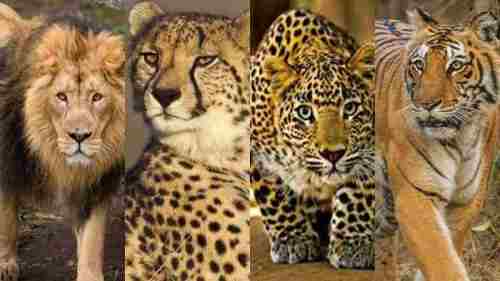In the animal kingdom, sharp claws serve as multifaceted tools crucial for survival, enabling a myriad of tasks from hunting and self-defense to climbing and even courtship. These remarkable appendages are not only a testament to the diversity of life but also to the ingenious ways in which creatures have adapted to their environments. Animals with sharp claws exhibit a stunning array of designs, sizes, and functionalities tailored to their unique needs and habitats.
Table of Contents
From the stealthy hunters of the jungle to the creatures of the deep, claws are an evolutionary marvel that plays a pivotal role in the circle of life. Join us on a fascinating journey as we delve into the world of the wild and uncover the secrets behind Animals With Sharp Claws that shape the lives of various creatures across our planet.
Types of Claws and Their Functions
Claws, though varied in form, primarily serve functions essential for an animal’s survival. In the wild, retractable claws like those of big cats, such as lions and tigers, are designed for gripping prey during hunts, providing a lethal advantage. Non-retractable claws, found in canines and various birds, aid in traction for running or perching.
Raptorial birds like eagles have sharp talons to grasp and pierce their prey. Herbivores often possess sturdy, hoof-like claws for digging, defense, or foraging. Each claw type is finely tuned to an animal’s specific lifestyle and ecological niche, showcasing the wonders of evolutionary adaptation.
Lions:

Lions, majestic big cats of the African savannas, possess powerful retractable claws that are both awe-inspiring and lethal. These sharp claws are instrumental in their hunting endeavors, enabling them to bring down prey with astonishing precision and force. Lions stealthily approach their target, and when the moment is right, they extend their formidable claws, gripping and overpowering their quarry in a burst of speed and strength.
These claws are not only a fearsome hunting tool but also crucial for self-defense, aiding in warding off potential threats to their pride or territory. Lionesses, the primary hunters in pride, rely on their sharp claws to secure meals for their families, showcasing the vital role these incredible appendages play in the circle of life on the African plains.
Tigers:
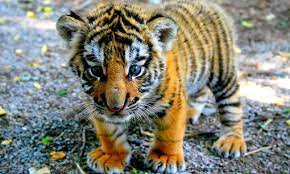
Tigers, the largest big cats on Earth, possess sharp, retractable claws that are among their most distinguishing features. These claws are remarkable tools that aid tigers in their daily activities, from hunting to climbing. When hunting, tigers utilize their sharp claws to secure a firm grip on prey, swiftly bringing down their target.
These retractable claws give them an advantage, remaining sharp for longer by protecting them within the paw when not in use. Moreover, tigers use their claws to climb trees, enhancing their ability to stalk prey, escape danger, or find refuge in the heights of the forest. The combination of their strength and sharp claws allows these magnificent creatures to navigate their habitats and maintain their position as apex predators.
Leopards:

Leopards, known for their remarkable agility and elusive nature, possess sharp, retractable claws that are integral to their survival in the wild. These claws are a key asset for climbing trees, a behavior not shared by all big cats. Leopards often hoist their kills onto branches to keep them safe from scavengers or potential thieves, showcasing the strength and sharpness of their claws.
During hunts, leopards use their claws to firmly grip and dispatch their prey quickly and efficiently. Their retractable nature preserves the sharpness of the claws, ensuring that they are ready for the next hunt. Leopards’ sharp claws and climbing abilities enable them to thrive in diverse habitats, from savannas to rainforests, establishing them as versatile and formidable predators in the animal kingdom.
Cheetahs:
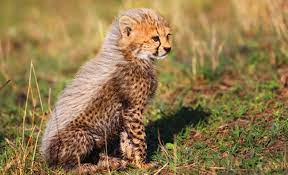
Cheetahs, the world’s fastest land animals, possess unique semi-retractable claws that contribute to their incredible speed and hunting prowess. These specialized claws provide traction and grip during high-speed chases, allowing cheetahs to accelerate and maneuver with remarkable agility. Unlike other big cats, cheetahs cannot fully retract their claws, which act like the spikes of a sprinter’s shoe, providing optimal traction on the ground.
The design of their claws, optimized for speed, showcases the evolutionary marvel of cheetahs’ adaptations. These claws, always partially exposed, minimize contact with the ground, reducing friction and enhancing the cheetah’s ability to sprint, making them expert predators in the vast African grasslands where they chase down prey at astonishing speeds.
Jaguars:
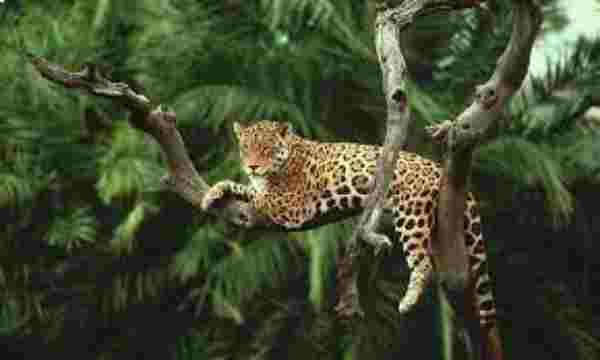
Jaguars, the apex predators of the Americas, possess exceptionally powerful and sharp claws that distinguish them in the world of big cats. These claws are a vital tool for hunting and surviving in the dense rainforests and grasslands they call home. Jaguars use their sharp claws to deliver a swift and fatal bite to their prey, piercing through tough skulls and bones with astonishing precision.
Their claws are not only used for hunting but also for climbing trees, enabling them to escape potential threats, stash prey in the canopy, or gain a strategic vantage point for hunting. Jaguars’ remarkable strength combined with their sharp claws showcases their adaptation to the challenging environments they inhabit, making them top predators in their ecosystem and a symbol of power and stealth in the wild.
Bobcats:
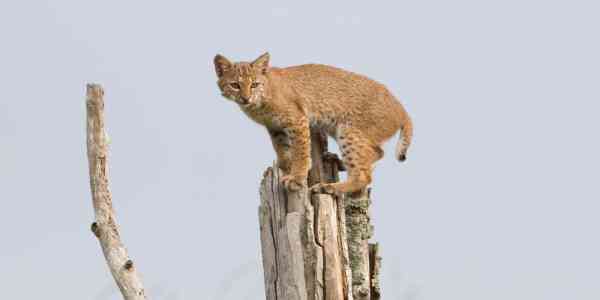
Bobcats, agile and elusive wildcats native to North America, possess sharp retractable claws that are crucial for their hunting and survival. These claws are highly versatile, allowing them to scale trees with ease, aiding in hunting, climbing, and finding refuge. When hunting, bobcats use their sharp claws to capture a variety of prey, from small rodents to birds.
The retractable nature of their claws helps maintain their sharpness for effectively ambushing and securing prey. Bobcats’ claws also serve a crucial role in self-defense, allowing them to fend off threats or escape danger when needed. Their agility and keen hunting skills, combined with their sharp claws, make bobcats skilled predators and an important part of the ecological balance in their habitats.
Eagles:
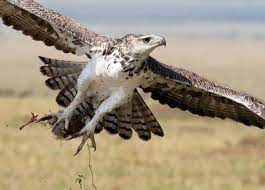
Eagles, revered as powerful birds of prey, possess sharp and formidable talons (claws) that are instrumental to their hunting and survival. These sharp claws are designed to grip and pierce the flesh of their prey, providing a secure hold during the hunt. Eagles use their sharp talons to swiftly capture a variety of prey, from fish to mammals, demonstrating their adaptability and skill as hunters.
The strength of their talons allows them to lift and carry prey to a safe location for consumption. Additionally, these claws play a vital role in territorial disputes and self-defense, showcasing the importance of their sharp talons in the life of an eagle. The combination of their keen eyesight and sharp talons establishes eagles as apex predators in the skies, embodying power and grace in the avian world.
Bears:
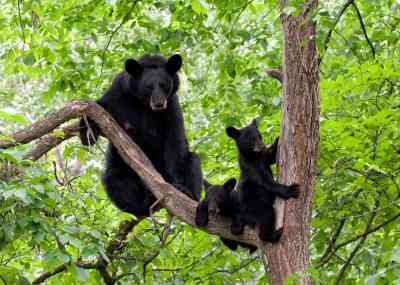
Bears, formidable and powerful mammals, possess sharp claws that are adapted to their omnivorous lifestyle. While not retractable like those of big cats, bear claws are impressively sharp and strong. These claws serve multiple purposes, aiding in digging for food, climbing trees, and defending against threats. Bears use their sharp claws to forage for insects, roots, and grubs, showcasing their versatility in utilizing these tools for a varied diet.
During the fishing season, bears employ their claws to catch and secure fish, a significant part of their diet. Additionally, their claws are crucial for climbing trees, aiding in escaping danger, or accessing beehives for honey. Despite their massive size, bears are surprisingly agile, and their sharp claws contribute to their survival and adaptability in the diverse ecosystems they inhabit.
Wolverines:
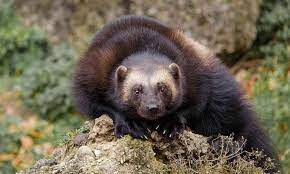
Wolverines, known for their strength and ferocity, possess sharp and robust claws that are highly effective for digging and climbing. These sharp claws enable wolverines to access food by excavating burrows of hibernating animals, such as rodents, or locating cached food under the snow. Wolverines’ digging abilities, facilitated by their sharp claws, are unmatched in the animal kingdom.
Moreover, wolverines use their claws to climb steep terrain, aiding in traversing their expansive territories and finding food sources. The strength and sharpness of their claws are crucial for their survival in the harsh environments they call home, making them formidable predators despite their relatively small size.
Raptors:
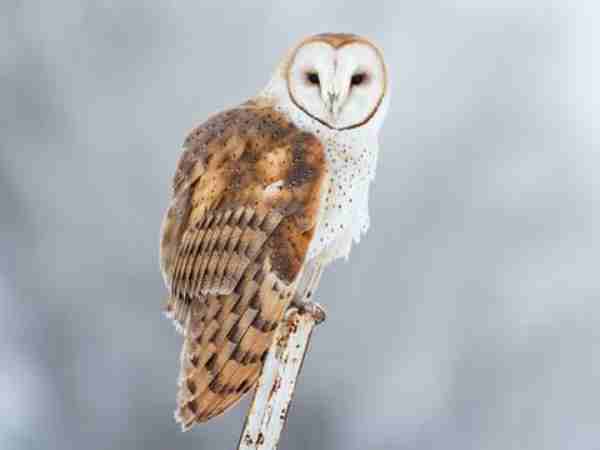
Raptors, a diverse group of birds of prey including eagles, hawks, owls, and falcons, possess sharp and powerful talons that define their predatory nature. These sharp claws are optimized for gripping and subduing a wide range of prey, from small mammals to fish. Raptors utilize their sharp talons to swiftly snatch and secure prey with precision, demonstrating their exceptional hunting skills.
The design of their claws, with strong curved talons and sharp edges, enables them to pierce and hold onto prey effectively. Talons play a crucial role in the survival and success of raptors, reflecting their adaptability and expertise as hunters, and solidifying their position as apex predators in various ecosystems across the globe.
Wolves:
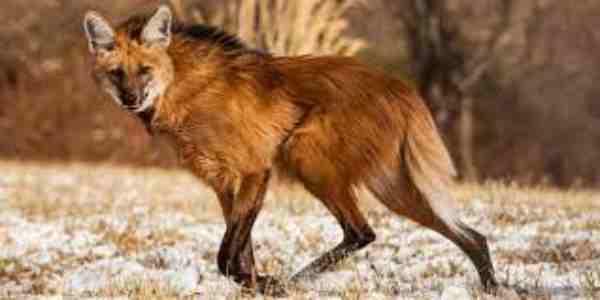
Wolves, social carnivores known for their hunting prowess and pack dynamics, possess sharp claws that aid them in a variety of tasks. While not retractable like big cats, wolf claws are sharp and strong, ideal for gripping and tearing flesh. These claws are crucial for hunting and feeding, enabling wolves to take down prey and share the spoils with their pack.
Additionally, wolves use their claws for digging, whether it’s to create dens for their young or to access food buried under snow. The versatility and sharpness of their claws contribute to the effectiveness of their cooperative hunting strategies and enhance their adaptability in different environments, solidifying their status as skilled predators in the wild.
Cats (Domestic cats – Felis catus):

Domestic cats, beloved and agile feline companions, possess sharp retractable claws that are a defining feature of their species. These claws are a multi-functional tool used for hunting, climbing, self-defense, and play. Cats extend their sharp claws when hunting, allowing them to grasp and capture prey efficiently. The retractable nature of their claws helps to keep them sharp for these hunting activities.
Cats also use their claws for climbing trees, aiding in escaping danger, or finding comfortable perches. In playful interactions, cats may extend their claws during gentle play or to mark territory. The dexterity and sharpness of their claws contribute to their graceful movements and enhance their ability to navigate their surroundings, showcasing the vital role of claws in a cat’s daily life.
Badgers:

Badgers, stout and powerful mammals known for their digging abilities, possess sharp claws adapted for excavating burrows and finding food. These sharp claws are formidable tools used for digging through various types of soil and subterranean habitats. Badgers dig their burrows with impressive speed and efficiency, showcasing the strength and sharpness of their claws.
These burrows serve as shelter and protection, illustrating the importance of their claws in their survival. Moreover, badgers use their claws to capture prey, including small mammals, insects, and grubs. Their claws, combined with their keen sense of smell and strength, make badgers efficient hunters and excavators in their habitats, demonstrating their adaptability and resilience in the natural world.
Komodo Dragons:
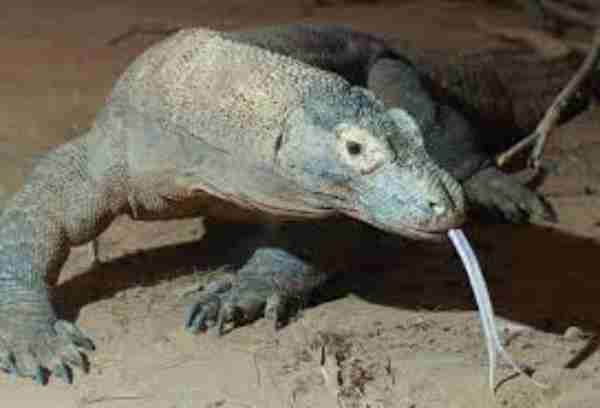
Komodo dragons, the largest lizards on Earth, possess sharp claws that are a crucial part of their predatory arsenal. These claws, combined with their powerful jaws and venomous bite, are formidable tools for capturing and subduing prey.
Komodo dragons use their sharp claws to grip and hold onto prey, delivering powerful bites to immobilize or kill. Additionally, these claws aid in climbing trees or rocky terrain, enabling them to access prey, escape danger, or find suitable nesting sites. The sharpness and strength of their claws contribute to their predatory success, showcasing their adaptability and efficiency as apex predators in the diverse landscapes they inhabit.
Armadillos:

Armadillos, unique and armored mammals, possess sharp claws that are specialized for digging and foraging. These claws are strong and curved, making them effective tools for excavating burrows in search of insects and grubs, which constitute a significant portion of their diet. Armadillos rely on their sharp claws to dig efficiently through soil and leaf litter, showcasing their adaptability and resourcefulness in finding food.
Additionally, these claws aid in self-defense, enabling armadillos to create a protective barrier by burrowing into the ground or digging into sheltered areas. The versatility and sharpness of their claws are vital for the survival and well-being of armadillos, making them well-adapted to their habitats and lifestyles.
Honey Badgers:

Honey badgers, known for their fearless and tenacious nature, possess sharp claws that are indispensable for their survival and lifestyle. These sharp claws are formidable tools for digging, allowing honey badgers to excavate burrows and locate food sources like insects, larvae, and small animals.
Honey badgers rely on their sharp claws to gain access to various prey and sheltered locations, showcasing their adaptability and persistence in finding sustenance. Moreover, these claws play a crucial role in self-defense, aiding honey badgers in warding off threats and effectively protecting themselves. The strength and sharpness of their claws, combined with their fearlessness, make honey badgers resilient and resourceful creatures, embodying their reputation as tough and relentless survivors in the wild.
Porcupines:

Porcupines, unique rodents known for their defensive quills, possess sharp claws adapted for climbing and foraging. These claws, while not retractable, are powerful and versatile, aiding in grasping branches and climbing trees to access leaves, buds, and bark—the main components of their herbivorous diet.
Porcupines depend on their sharp claws to navigate their arboreal habitats and find food sources, showcasing their adaptability and agility in tree-dwelling environments. Additionally, these claws are used for digging burrows, aiding in sheltering themselves and raising their young. The combination of their climbing abilities and sharp claws allows porcupines to thrive in a variety of ecosystems, from forests to grasslands, solidifying their position as successful herbivorous rodents.
Unique Claw Adaptations
Claws exhibit remarkable adaptations across species. For instance, the mantis shrimp’s club-like appendages can strike with astonishing speed and force, enabling effective predation and defense. The sloth’s elongated, curved claws aid in grasping branches, facilitating their arboreal lifestyle.
The chameleon’s prehensile tail with a claw-like tip provides stability and enhances climbing abilities. These adaptations showcase the versatility and specialized functionality of claws in the animal kingdom.
The Role of Claws in Survival and Behavior
Claws play a vital role in an animal’s survival and behavior. Predators rely on claws for hunting and subduing prey, highlighting their significance in securing sustenance. Additionally, claws are instrumental in defending against threats, establishing territory, or attracting mates through elaborate displays.
In climbing animals like squirrels, claws are indispensable for scaling trees and evading predators. These adaptations demonstrate how claws profoundly influence an animal’s daily life and are intricately linked to its survival instincts and behavior.
Human Interaction and Fascination
Human fascination with claws extends across centuries and cultures. Claws often symbolize power, strength, or ferocity, inspiring art, mythology, and popular culture. In various ancient civilizations, claws were revered and incorporated into jewelry, weaponry, and talismans as potent symbols.
Modern society echoes this intrigue, as claws are featured in literature, movies, and art, portraying both the elegance and danger they represent. Scientifically, studying claws fuels curiosity about evolutionary processes and provides insights into biomimicry for technological advancements.
Final Words
Claws, in their diverse forms and functions, exemplify the remarkable adaptations that have evolved across the animal kingdom. From aiding in survival and behavior to capturing the human imagination, claws embody the delicate balance of form and function in nature.
Their role in the intricate dance of life underscores the beauty of evolution, reminding us of the vast array of strategies creatures employ to thrive in their respective habitats. As we continue to explore and understand these fascinating appendages, we gain a deeper appreciation for the marvels of the natural world.
Reference:
- https://www.indiatodayne.in/visualstories/webstories/animals-with-sharp-long-claws-60103-02-09-2023
- https://brainly.in/question/3485500 .
- https://www.dkfindout.com/us/animals-and-nature/birds/birds-prey/

Jeevan Kodiyan
An animal enthusiast with an interest in zoology, studying the behavior and activities of animals in the wild habitat. I work on research projects related to species conservation and endangered species protection. I also leverage zoology to become an educator, educating others about the importance of protecting our natural environment and the beauty of animals in their natural habitats.

